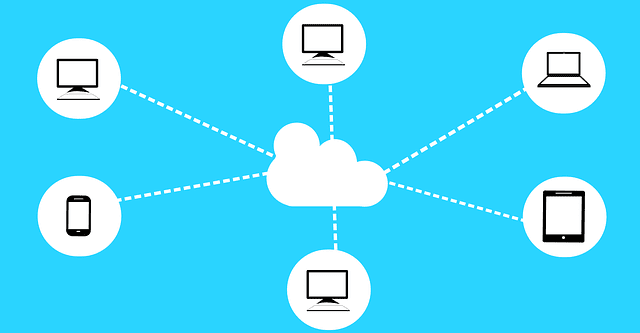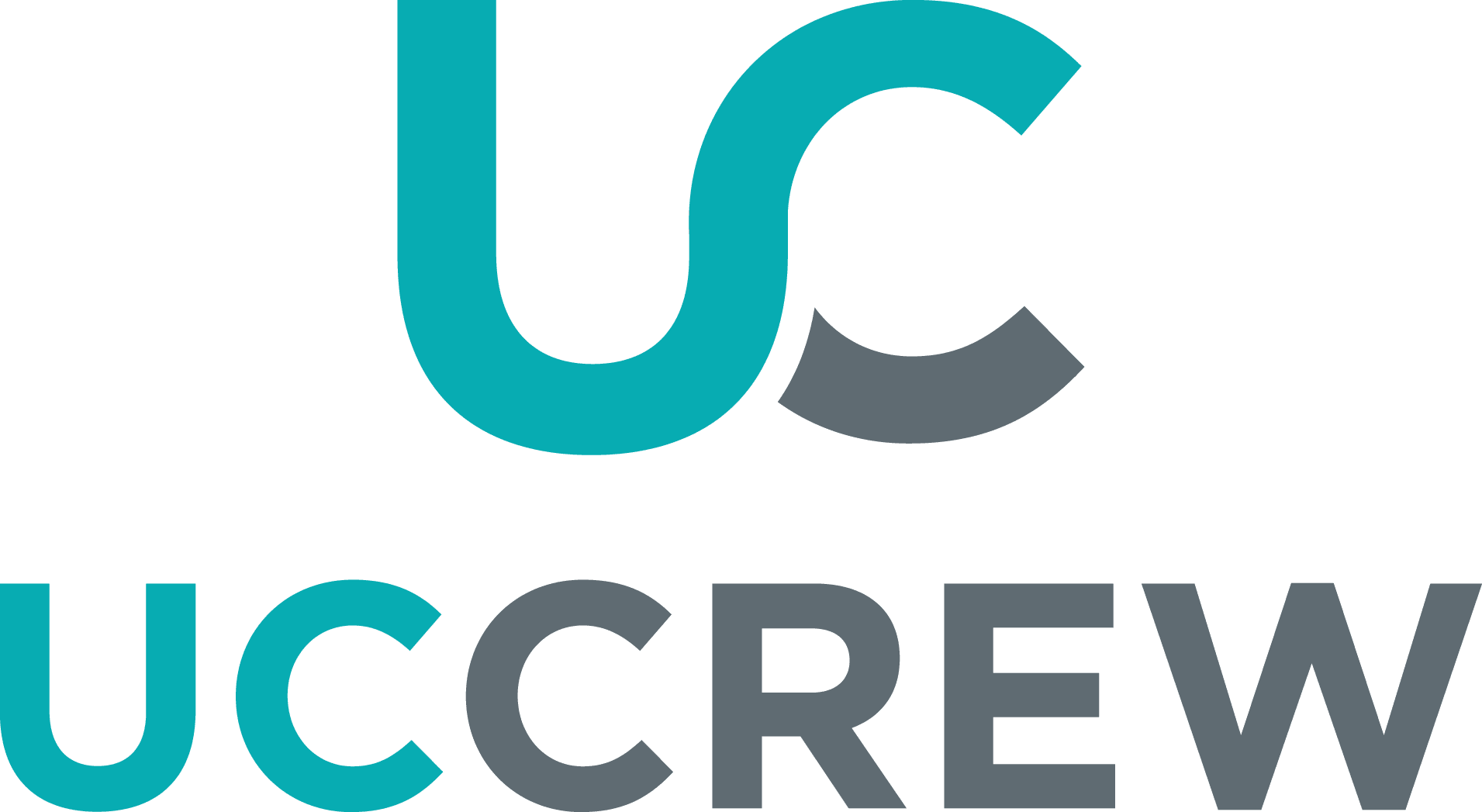Disasters can occur anywhere without prior notice. Artificial or natural disasters can destroy cloud server databases and all sensitive information in any organization. To avoid losses, any organization must ensure business resilience with cloud-based disaster recovery and continuity planning solutions. But what exactly are these solutions, and who offers them?
Continue reading about the crucial role of disaster recovery and business continuity within a cloud strategy for mid-sized companies.
Understanding Disaster Recovery (DR)
Disaster recovery (DR) is critical to any organization’s business strategy. It becomes even more crucial for mid-sized companies that may not have the same resources as larger enterprises. DR involves the processes, policies, and technologies to recover and restore data, systems, and critical business functions in the event of a disaster or disruptive incident.
Some of the critical components of disaster recovery are:
Recovery Point Objective (RPO)
RPO defines the acceptable amount of data loss in the event of a disaster. It specifies when you must recover the data. For example, if your RPO is one hour, you can only afford to lose up to one hour’s worth of data.
Recovery Time Objective (RTO)
RTO outlines the maximum allowable downtime for each critical system or application. It defines the time it takes to recover operations fully. The shorter the RTO, the quicker the business can resume normal operations.
Failover and Failback Procedures
Organizations can implement failover mechanisms for mission-critical applications that automatically switch to redundant systems. After resolving the disaster, failback procedures also guide returning to the primary systems.
Understanding Business Continuity (BC)
Business Continuity (BC) extends beyond the technical aspects of disaster recovery. It is a holistic approach to ensuring an organization’s survival and sustainability in adversity. It encompasses people, processes, and technology to maintain essential functions and minimize downtime during and after a disaster. Here are the key components of BC:
Risk Assessment and Mitigation
BC planning involves assessing potential risks and vulnerabilities that could disrupt business operations. Once identified, strategies are put in place to mitigate these risks.
Resource Allocation
Allocate resources, including people, technology, and facilities, to ensure critical functions can continue operating during a disaster.
Communication and Stakeholder Management
Effective communication helps maintain trust and confidence. Establish effective communication channels to inform employees, customers, suppliers, and other stakeholders during a crisis.
Alternative Work Arrangements
BC plans often include provisions for remote work, alternate office locations, or off-site data centers to ensure business operations can continue if the primary workspace is compromised.
Regular Testing and Drills
Regular tests through exercises and drills ensure they are effective and that the team is familiar with the procedures.
Recovery Strategies
Develop strategies for a phased recovery process that prioritizes critical functions and resources to facilitate a smooth return to normalcy.
The Role of the Cloud in Disaster Recovery and Business Continuity

The cloud offers several advantages that make it an ideal solution for mid-sized companies aiming to enhance their disaster recovery and business continuity strategies:
Cost-Effective
Cloud-based solutions eliminate the need for significant upfront capital investments in hardware and infrastructure.
Scalability
You can scale up or down the cloud solutions based on the company’s needs, ensuring cost efficiency.
Redundancy
Cloud providers often have multiple data centers across geographic regions, reducing the risk of data loss due to a localized disaster.
Accessibility
Employees can access data and applications remotely, enabling continued business operations during disruptions.
How UCCREW Enhances DR and BC in Cloud Strategy
UCCREW is a leading cloud service provider specializing in tailor-made solutions for mid-sized companies.
Here’s how they can significantly contribute to enhancing your DR and BC strategies within a cloud framework:
Customized Disaster Recovery Plans
UCCREW understands that one size doesn’t fit all. They work closely with your mid-sized company to develop personalized DR plans that align with your unique requirements. By assessing your specific RPO and RTO objectives, UCCREW ensures fine-tuning your disaster recovery strategy to your business needs.
Seamless Cloud Integration
Integrating cloud technology into your DR and BC strategies requires expertise. UCCREW has a team of cloud specialists who can seamlessly integrate your existing systems and applications into the cloud environment. Thanks to this integration, a backup protects your data and is simple to recover in a disaster.
Comprehensive Data Protection
UCCREW’s robust data backup and replication solutions guarantee the safety and availability of your critical data. With automated backups, you can rest assured that your data is secure and restored swiftly, minimizing downtime.
Rapid Recovery
When disaster strikes, response time is key. UCCREW’s cloud infrastructure enables rapid recovery, meeting your stringent RTO objectives. This means your business can resume normal operations swiftly, minimizing the impact on productivity and customer service.
Security and Compliance
UCCREW prioritizes security and compliance in all its cloud solutions. They implement state-of-the-art security measures, including encryption and access controls, to protect your data stored in the cloud. This ensures that your business complies with industry regulations and safeguards sensitive information.
24/7 Monitoring and Support
With the help of monitoring tools, round-the-clock monitoring and support detect issues early, allowing for swift action during a disaster. Additionally, our support team is always ready to assist and guide you through any challenges.
Cost-Efficiency
Mid-sized companies often have budget constraints. UCCREW’s cloud solutions do not require significant upfront investments in infrastructure. You pay for what you use, making it a cost-efficient choice for DR and BC.
Disaster Recovery Testing
Regular testing of your DR plan is essential to maintaining its effectiveness. UCCREW facilitates regular testing and drills to simulate disaster scenarios, allowing you to fine-tune your strategy and train your employees for an effective response.
Disaster Recovery as a Service (DRaaS)
UCCREW offers Disaster Recovery as a Service (DRaaS) solutions, taking the burden of managing DR off your shoulders. With DRaaS, UCCREW handles your disaster recovery planning, implementation, and management, freeing up your resources for core business functions.
Discover how UCCREW’s cutting-edge cloud strategies can empower your business with unparalleled scalability, security, and cost-efficiency. Take the first step towards a future-ready IT infrastructure and unleash the full potential of your cloud journey. Contact us today for a personalized consultation.


